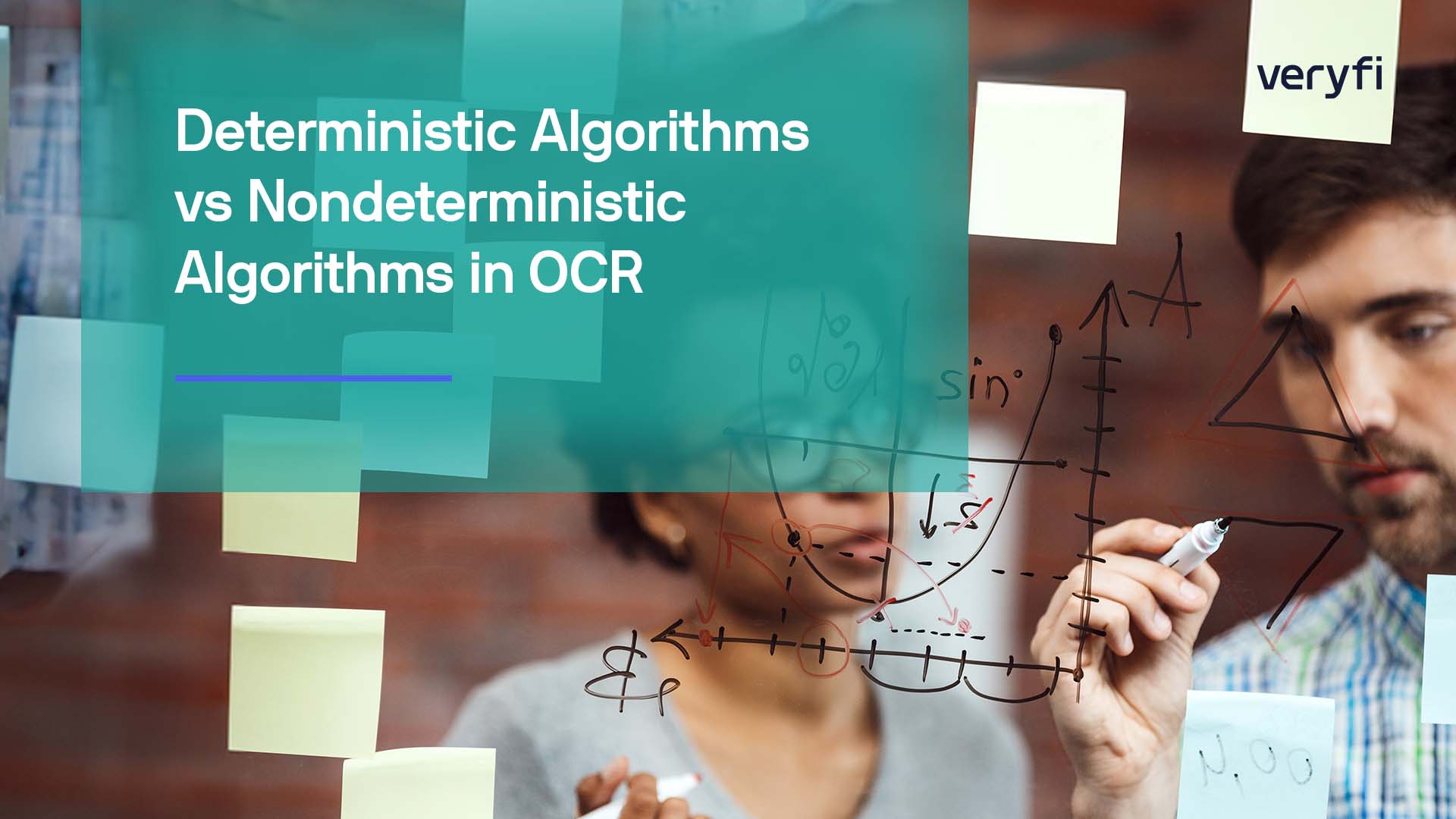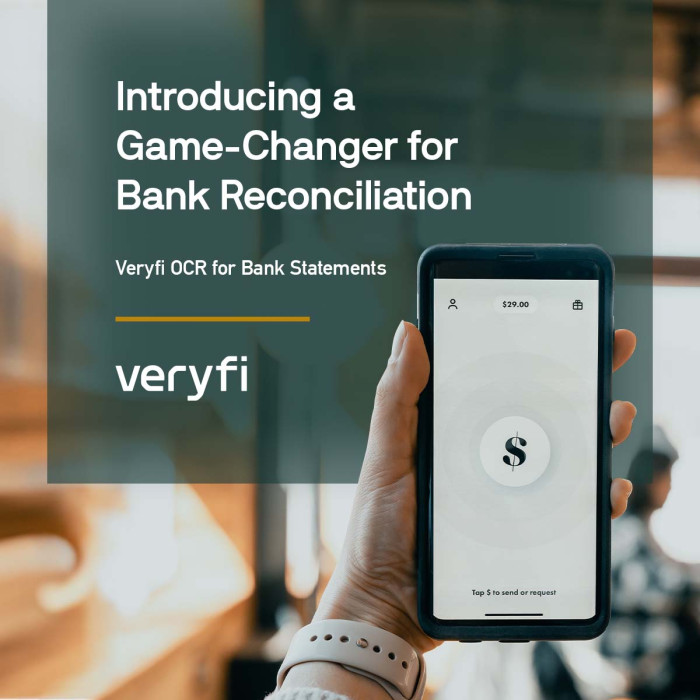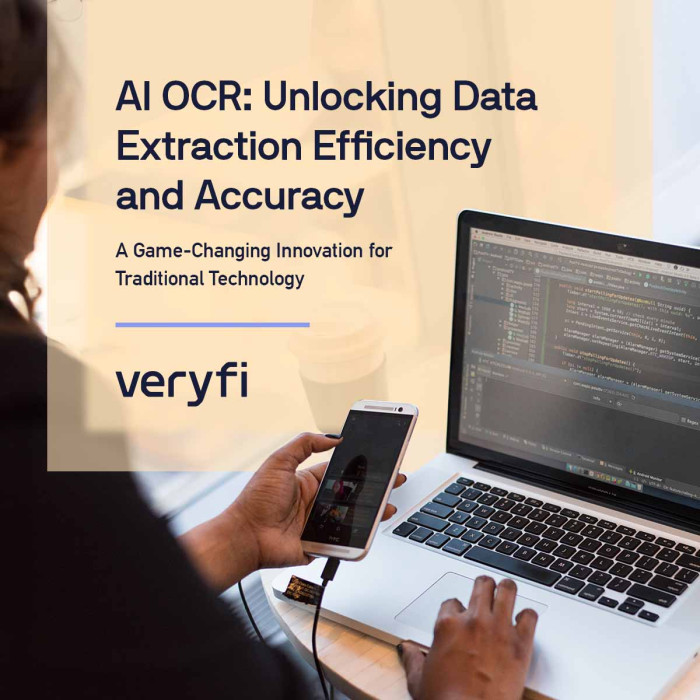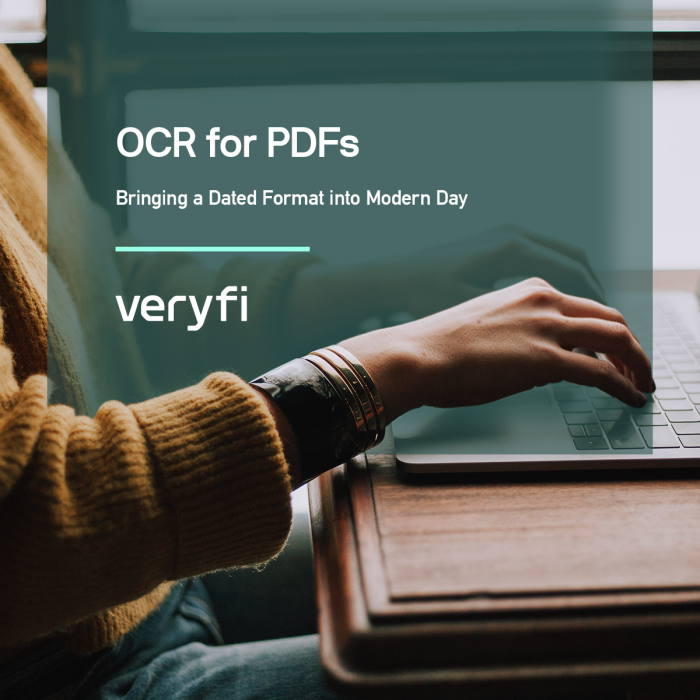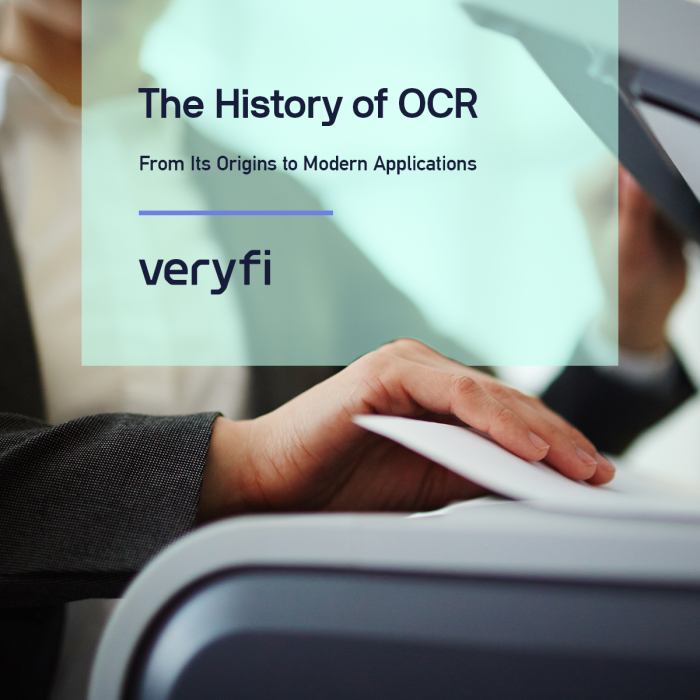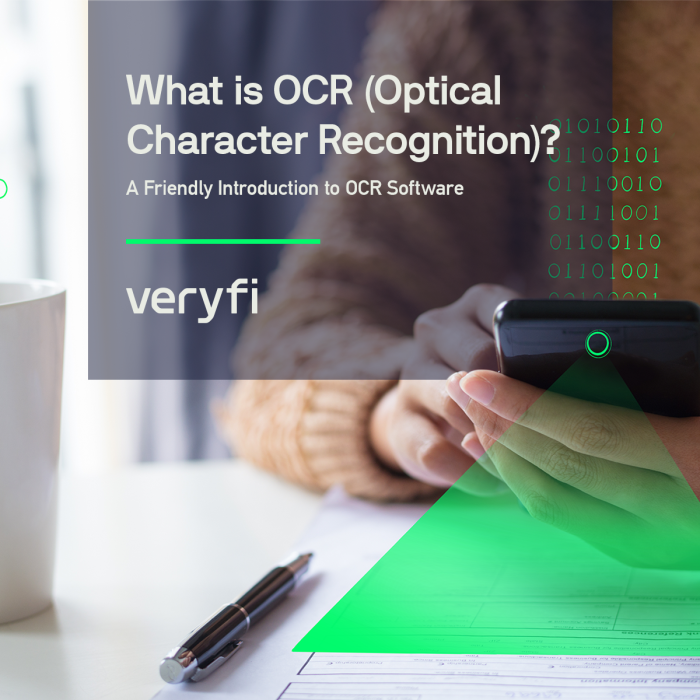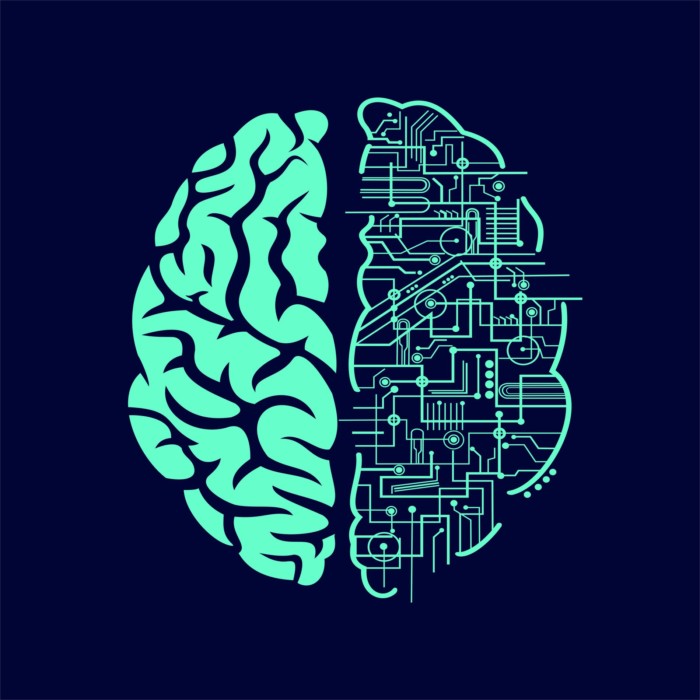Optical Character Recognition (OCR) technology has revolutionized the way businesses handle data, enabling the extraction of valuable information from images, scanned documents, and other sources. In the realm of OCR, the debate between deterministic and nondeterministic algorithms has been ongoing, with proponents on both sides advocating for the superiority of their chosen approach. In this blog post, we explore the merits of deterministic algorithms, especially those employed by Veryfi ML models, and argue that their deterministic nature, combined with in-house training, makes them superior to nondeterministic counterparts.
Deterministic Algorithms in OCR
Deterministic algorithms are characterized by their ability to produce the same output for a given set of input parameters. In OCR, this means that a deterministic algorithm will yield consistent results when processing the same document multiple times. Veryfi’s decision to embrace deterministic algorithms in its OCR models brings about several advantages. First, deterministic algorithms ensure consistent OCR results, eliminating the variability often associated with nondeterministic counterparts. This reliability is crucial in business applications where accuracy and precision are paramount. With deterministic algorithms, the OCR process becomes reproducible, enabling users to obtain the same results when reprocessing documents. This feature is particularly advantageous for auditing, compliance, and record-keeping purposes. Lastly, the predictability of deterministic algorithms allows for better integration into automated workflows. Businesses can rely on Veryfi’s OCR models with confidence, knowing that the extracted data will consistently adhere to a predefined structure.
Use Nondeterministic Algorithms if You Want Variable OCR Results
Non-deterministic algorithms, in the context of OCR, introduce an element of randomness or variability into the process. Unlike their deterministic counterparts, non-deterministic algorithms may produce different outputs for the same input under similar conditions. While these algorithms can be effective in certain applications, they pose specific challenges when applied to OCR, where consistency and accuracy are paramount. Non-deterministic algorithms introduce randomness into the OCR process. This randomness can lead to variations in the output each time the same document is processed. In OCR applications, where precision is crucial, this lack of consistency can result in inaccuracies and unreliable data extraction often caused by large language models hallucinating. Veryfi did a deep-dive on LLMs AI hallucinations and why they’re so detrimental to accurate data extraction.
Due to their inherent randomness, non-deterministic AI also makes it challenging to reproduce the exact results consistently. This lack of reproducibility can be a significant drawback, especially in scenarios where audit trails, compliance, or reprocessing of documents are essential. Non-deterministic algorithms may be more sensitive to external factors, such as changes in lighting conditions, image quality, or variations in document layouts. These algorithms might struggle to handle diverse and dynamic real-world scenarios, impacting their performance in OCR tasks. Similarly, the unpredictability introduced by non-deterministic algorithms can hinder their integration into automated workflows, which OCR software are commonly integrated into. Businesses rely on OCR technology to provide reliable and predictable results to streamline operations, and non-deterministic models may fall short in meeting these expectations.
So, what’s the best combination for accurate OCR?
Veryfi ML models are deterministic and trained in house on H100s and A100s (thanks to state-of-the-art Nvidia machines). Customers can rely on the JSON and the results Veryfi APIs return. One key factor that also sets Veryfi OCR’s AI/ML models apart is the in-house training methodology. By combining deterministic AI with pre-trained models, Veryfi achieves a unique blend of accuracy, speed, and adaptability. In-house training allows Veryfi to tailor its OCR models to specific industries and use cases. This domain-specific knowledge enhances the models’ performance, making them more adept at handling the nuances of industry-specific documents. For the insurance industry, accuracy in reading and processing claims determines amounts of reimbursements and sometimes, even medical histories rely on the prognosis billed for. The ability to conduct in-house training enables Veryfi to continuously refine its OCR models based on user feedback and evolving industry requirements. This iterative improvement process ensures that the models stay ahead of the curve in terms of accuracy and efficiency. In-house training empowers Veryfi to customize OCR models to the unique needs of individual businesses. This level of customization is often challenging for nondeterministic models, which may struggle to adapt to specific business contexts.
In the deterministic vs. nondeterministic debate in OCR, Veryfi’s deterministic algorithms, complemented by in-house training, emerge as a formidable solution. The consistency, reproducibility, and predictability offered by deterministic algorithms are crucial in business applications, and Veryfi’s commitment to these principles contributes to the superior performance of its OCR models. As businesses continue to embrace OCR for enhanced data extraction and automation, the deterministic approach championed by Veryfi stands out as a reliable and powerful choice.
